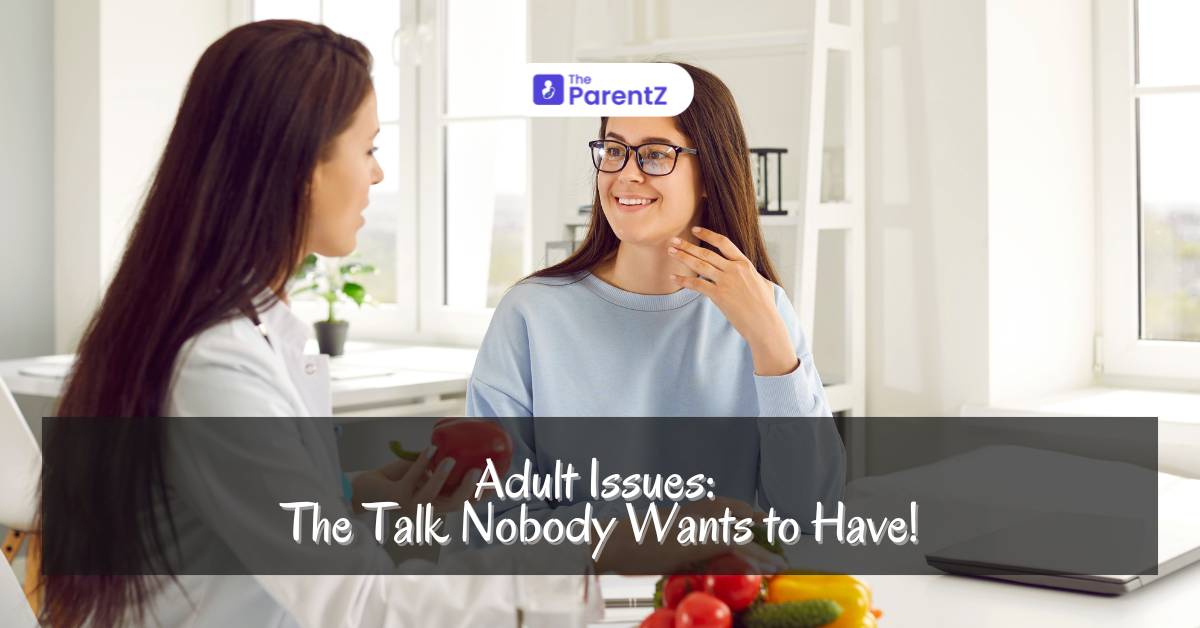As parents, we cherish our children’s innocence. However, sheltering them from “adult issues” can leave them unprepared for the realities of the world. For all its benefits, the internet can be a harsh teacher, bombarding them with unfiltered information that can be confusing and even scary. Here’s the truth: open communication is the best shield you can offer your child.
Yes, these conversations about adult issues can be uncomfortable. We might worry about burdening them or taking away their childhood. But consider this: wouldn’t you rather they learn about puberty, bullying, or body image from a loving parent than a random online source, or worse, a negative experience?
Here’s why open communication is crucial and some tips to navigate these often-tricky conversations.
Why Open Communication Matters?
- Empowerment: Knowledge is power. When children understand sensitive topics, they can make informed choices, identify unhealthy situations, and seek help when needed.
- Building Trust: Open communication creates a safe space where children feel comfortable confiding in you, even about difficult subjects.
- Healthy Development: Discussions about body image, relationships, and emotions nurture self-esteem and positive growth.
- Early Intervention: Talking about risks like bullying or substance abuse allows you to address them before they become bigger problems.
Navigating Conversations
- Age-appropriate: Tailor your conversation to your child’s maturity level. Use simple language for younger children, and gradually delve deeper as they age.
- Find the Right Time: Choose a relaxed moment when you have their undivided attention. Avoid stressful situations or right before bedtime.
- Start with Open-Ended Questions: “What have you heard about…?” or “How do you feel about…?” can spark a natural dialogue and gauge their understanding.
- Listen Actively: Pay attention to their verbal and nonverbal cues. Validate their feelings, even if you disagree.
- Be Honest and Direct: Answer their questions truthfully while avoiding graphic details. It’s okay to say, “I don’t know everything, but we can learn together.”
- Embrace the Awkward: It’s normal to feel flustered. Take a deep breath, apologize if needed, and assure them you’re happy to answer any questions they have.
- Please make it a Two-Way Street: Encourage questions and create an environment where they feel safe to express themselves freely.
Topics to Address
- Body Image and Puberty: Discuss physical changes in a positive and respectful light. Address body shaming, media portrayals, and healthy habits.
- Relationships and Consent: Explain healthy friendships, respect for boundaries, and the importance of consent in all interactions.
- Bullying and Cyberbullying: Discuss how to identify and handle bullying and the importance of seeking adult help.
- Safety and Stranger Danger: Teach them about personal safety, appropriate behavior with adults, and the importance of saying “no.”
- Substance Abuse and Mental Health: Talk about the dangers of drugs and alcohol. Let them know it’s okay to seek help if they feel overwhelmed or depressed.
Things to avoid When Discussing Adult Issues
- Overburdening them: Don’t overwhelm them with too much information at a time. Break down information and create space for follow-up questions.
- Using Scare Tactics: Fear-based communication can backfire.
- Dismissing their Concerns: Validate their feelings and offer support.
- TMI (Too Much Information): Focus on age-appropriate details and avoid graphic descriptions.
Conclusion
Remember, open communication is an ongoing process. These conversations about adult issues aren’t one-time events. As your child grows, the topics will evolve. Embrace these opportunities to strengthen your bond, build trust, and prepare your child for the wonderful and sometimes challenging world ahead.









Be the first one to comment on this story.